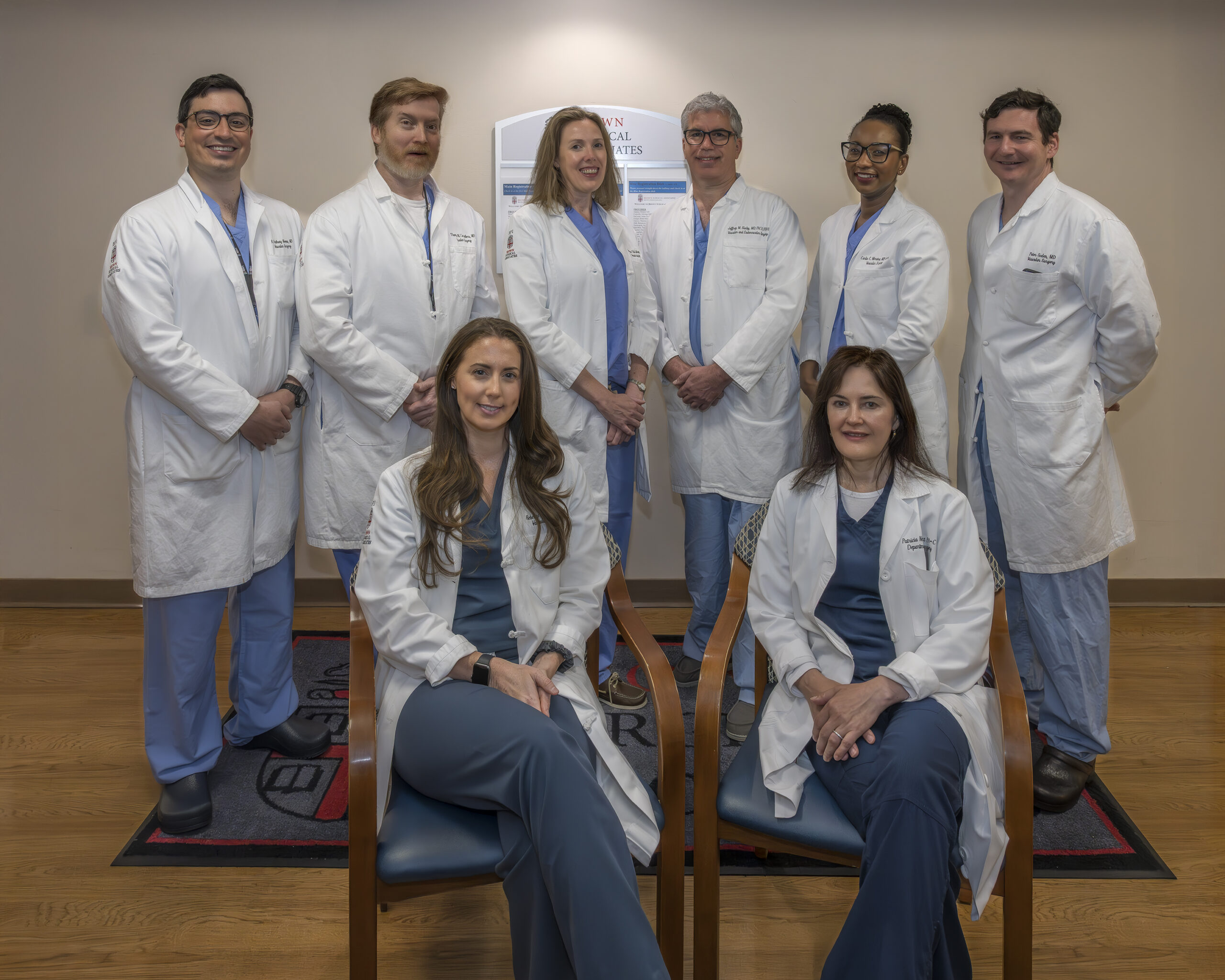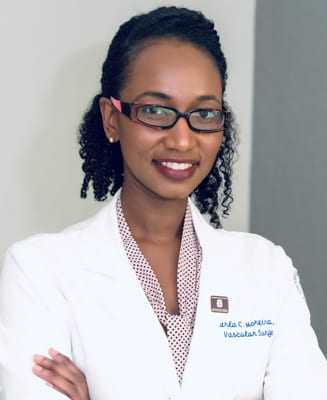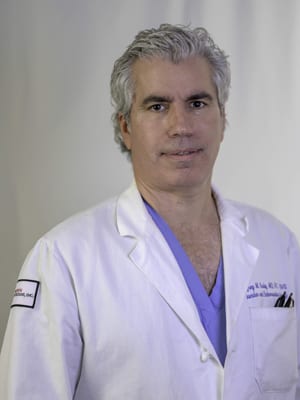Vascular and Vein Center
To Schedule an Appointment

Vascular & Vein Center in Rhode Island
Fully Accredited Vein Center
The Vascular & Vein Care Center at Brown Surgical Associates is an accredited laboratory designed to assist our vascular surgeons in the diagnosis of diseases affecting the blood vessels and circulatory system.
The state-of-the-art vein center allows convenient, on-site noninvasive diagnostic testing for a wide range of vascular conditions including:
Chronic venous insufficiency (CVI) is a progressive disease that affects the leg veins, which carry oxygen-poor blood back to the heart. If a blood clot, varicose veins, or other malfunction restricts blood flow, it can cause blood to back up and pool in the legs, a condition known as venous insufficiency.
Symptoms may include swelling, pain, leg fatigue, and changes in the skin. If left untreated, leg ulcers, a serious complication of CVI, can occur.
Varicose veins occur when there is a problem with the valves in the veins of the legs. The valves are supposed to help move blood up to the heart, but if a valve is weak or faulty, the blood flows backward into the legs instead. This is called venous reflux.
As the blood pools, the veins become engorged and appear raised and rope-like, with a dark blue-to-black hue. Varicose veins may cause the legs to swell and feel heavy, tender, or painful.
Spider veins are much smaller than varicose veins and appear like a spider web. They are closer to the skin’s surface, although not raised. While spider veins may be associated with CVI, they are typically considered a cosmetic concern.
Deep veins refer to the larger veins located deep in the muscles of the leg. If a blood clot (thrombus) develops in one of these veins, it can partially or completely block the flow of blood to the heart. This condition is called deep vein thrombosis (DVT). Symptoms of DVT may include swelling, discoloration, warmth, and cramping.
If the blood clot breaks loose from the leg vein, it can lodge in the lungs. This life-threatening situation is called a pulmonary embolism, which can cause shortness of breath and chest pain.
If chronic venous insufficiency goes untreated, ulcers may develop on the lower legs and ankles. These wounds occur due to the build-up of blood in the lower legs, which decreases circulation and increases blood pressure. They are slow to heal due to lack of blood circulation. If not treated, leg ulcers can become severely infected and may ultimately result in amputation of the lower leg.
Vascular & Vein Care Providers
Vascular tests are performed to detect circulation problems and blockages that lead to these venous conditions. Our vascular lab is fully accredited by the Intersocietal Accreditation Commission (IAC) and is staffed by five Registered Vascular Technologists and one Registered Vascular Specialist. All screening studies are interpreted by a board-certified vascular surgeon, and all of our lab technicians are also certified by the IAC.
Noninvasive Vascular Tests
- Arterial Duplex Ultrasound of the Legs: Uses sound waves and Doppler technology to view pictures of leg veins and measure the speed of blood flow
- Carotid Duplex: To diagnose indications such as stroke, syncope and carotid bruit.
- Abdominal ultrasounds: To diagnose aneurysmal disease and other pathology .
- Visceral and Renal Duplex: To diagnose indications such as mesenteric ischemia, abdominal pain after eating and renal artery stenosis.
- Venous Duplex: To diagnose a full range of venous disease and insufficiency.
- Arterial testing: To diagnose indications such as claudication pain with walking, decreased pulses, non-healing lower extremity and foot ulcers.
- Thoracic Outlet Syndrome testing: To diagnose arterial and venous components that maybe causing swelling, numbness and pain in the arms.
Varicose Vein Treatments
Veins can be treated in a number of ways. Sclerotherapy is considered the gold standard for small varicose veins and spider veins. During the procedure, the doctor injects a solution into the affected veins, which causes them to collapse and eventually dissolve. Blood then reroutes itself through nearby, healthier veins.
A microphlebectomy is a minimally invasive procedure used to eliminate medium-to-large varicose veins. The doctor makes a small incision and then removes the vein from the leg.
Thermal ablation is another technique for getting rid of varicose veins. It uses a heat source to seal up diseased veins. It may be performed using radiofrequency energy or laser energy.
VenaSeal™ is another type of minimally invasive treatment to treat varicose veins. It is unique in that it is nonthermal (doesn’t use ablation), nonsclerosant (doesn’t use a sclerosing solution), and nontumescent (doesn’t use anesthesia). Instead, it uses a liquid medical adhesive that is delivered through a catheter into the vein to close it.
This method may be recommended when treating the small saphenous vein because ablation may damage nearby nerves.
Vein stripping is a surgical procedure performed under general anesthesia on an outpatient basis. The doctor will make two small incisions – one in the groin, the other in the calf. He will insert a wire into the diseased vein through the groin incision and pull the vein out through the calf incision.
This method is typically reserved for those who experience severe symptoms of chronic pain and throbbing in the affected leg, along with ulcers and blood clots.
For more information about our fully accredited on-site vascular center and laboratory, please contact your provider directly.











